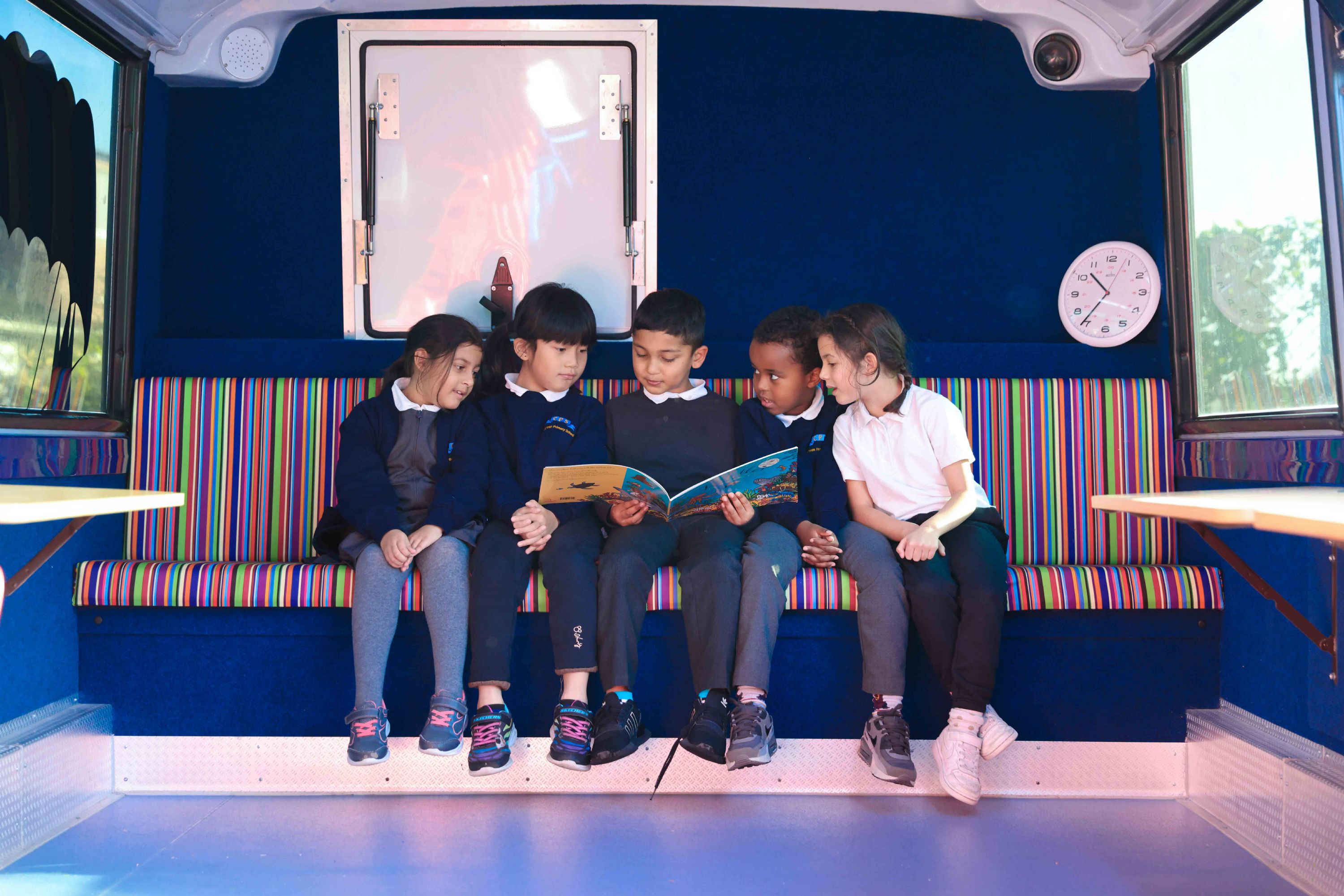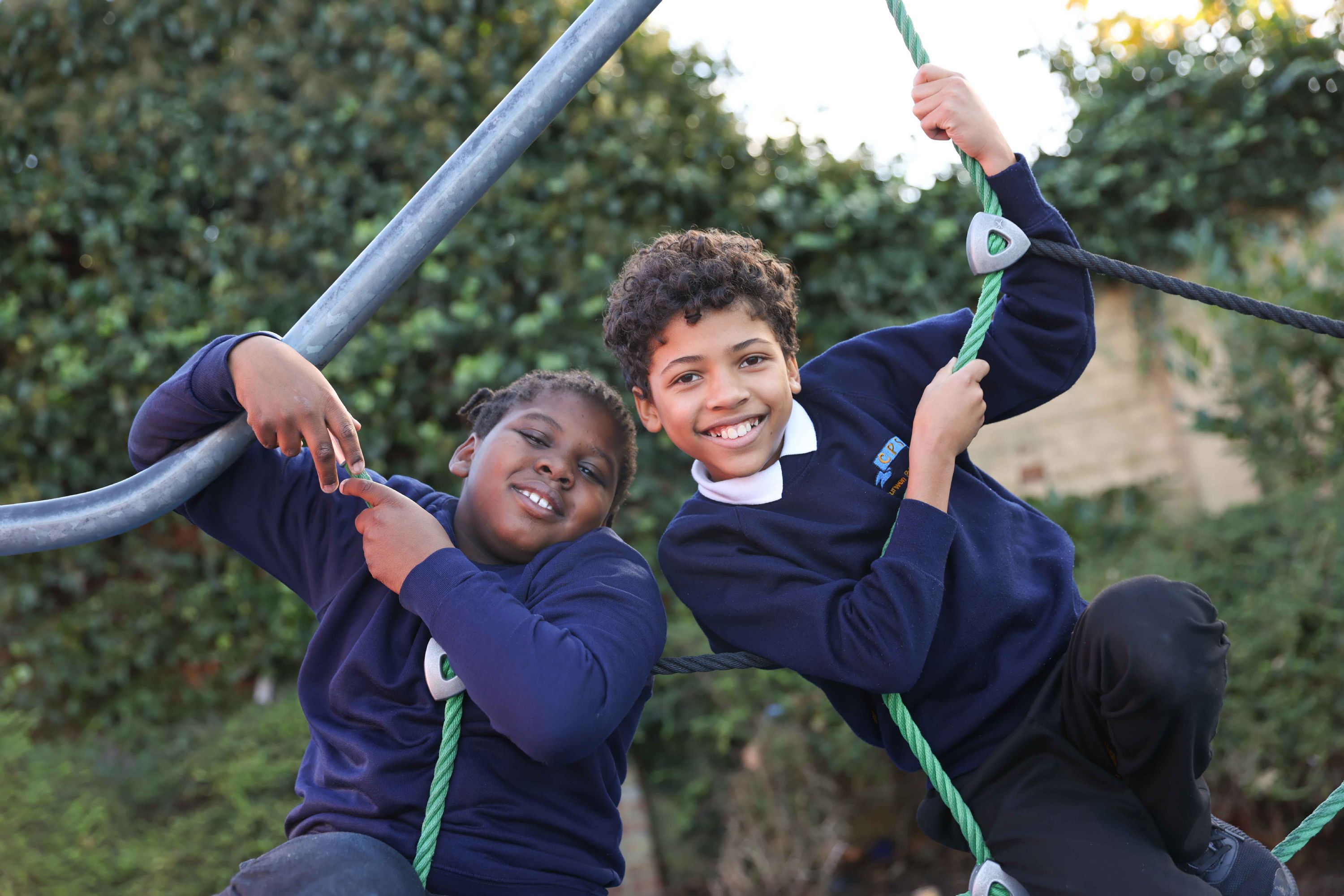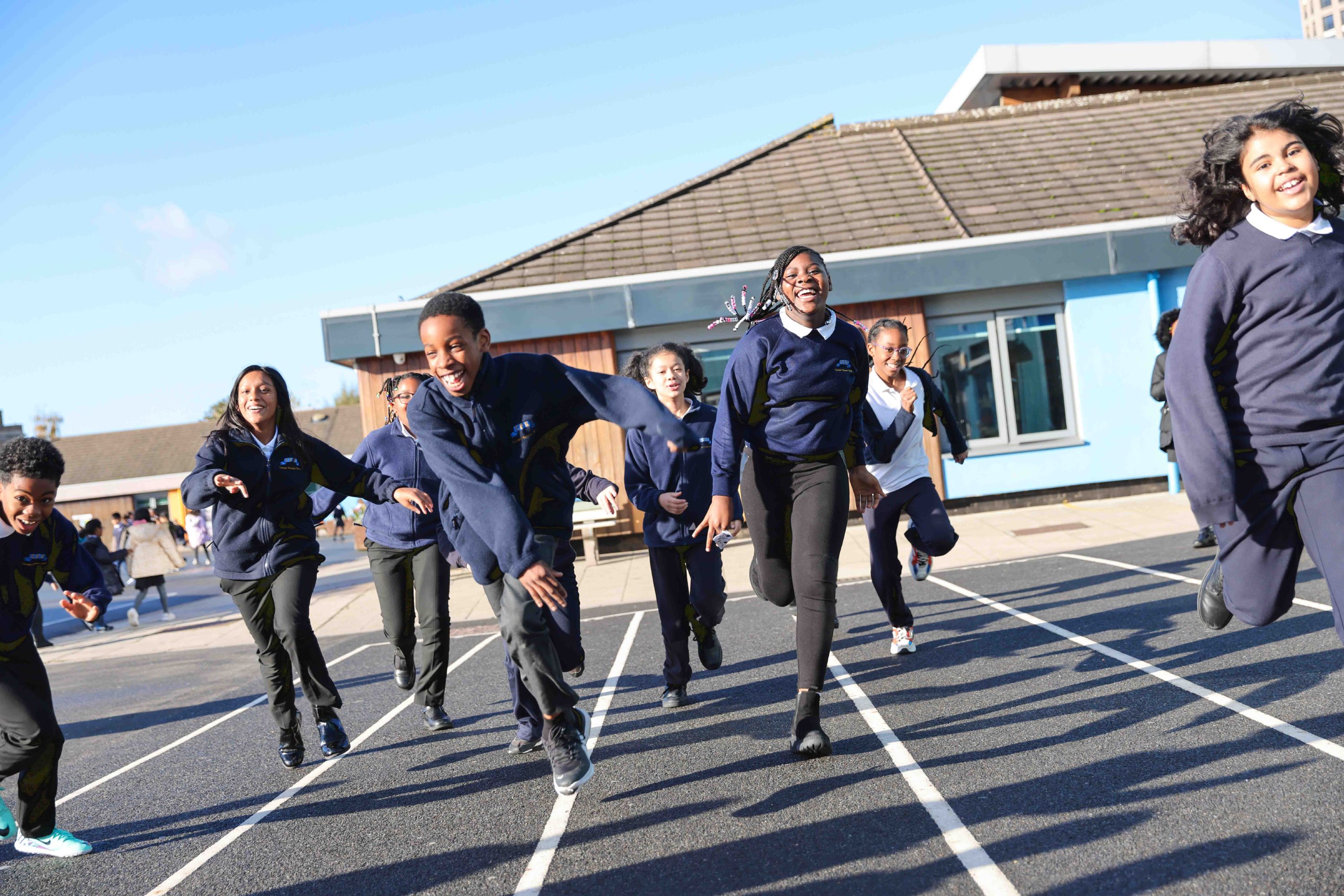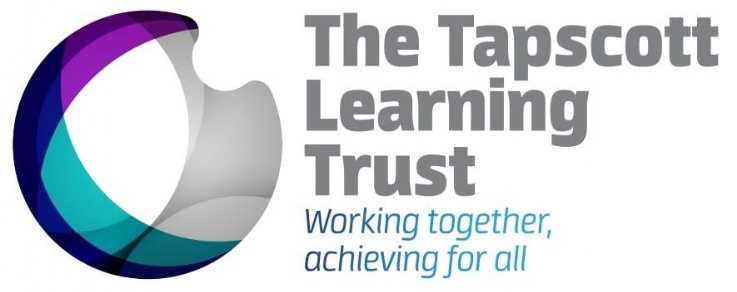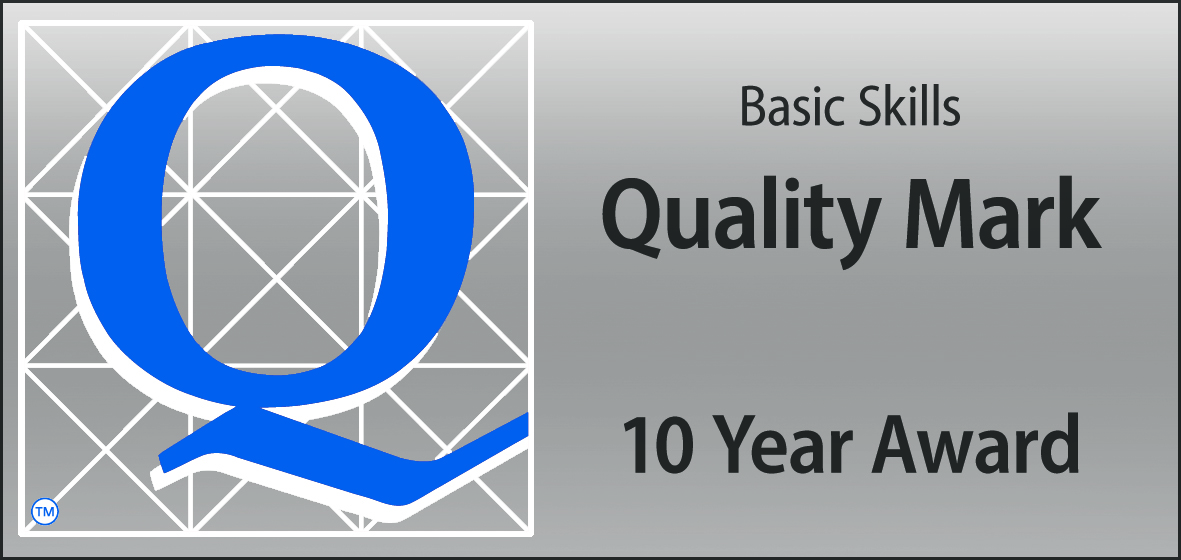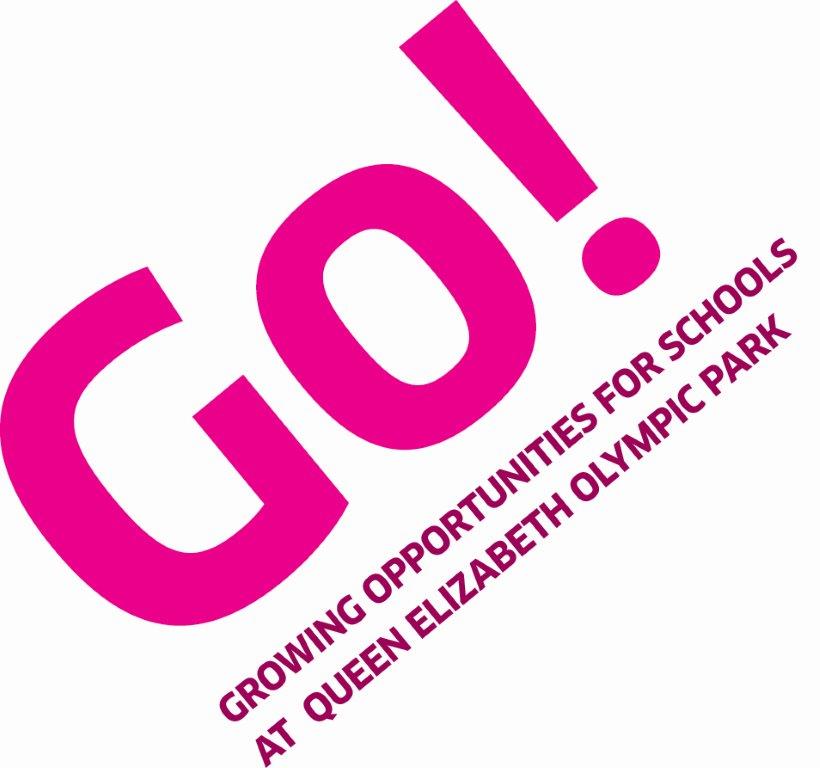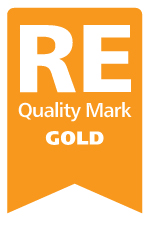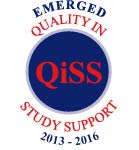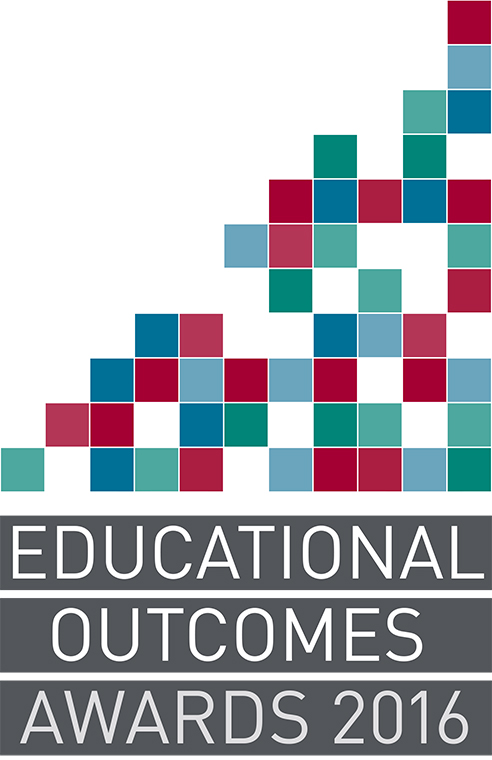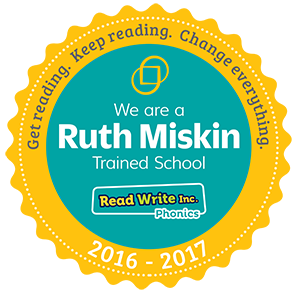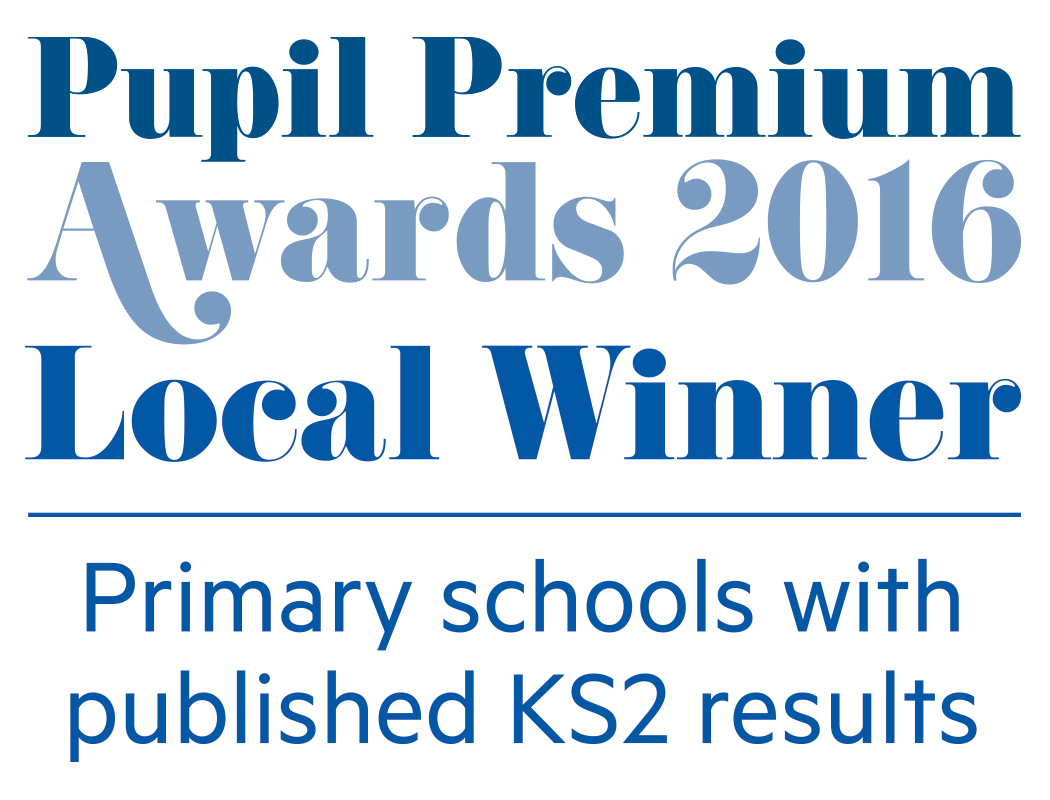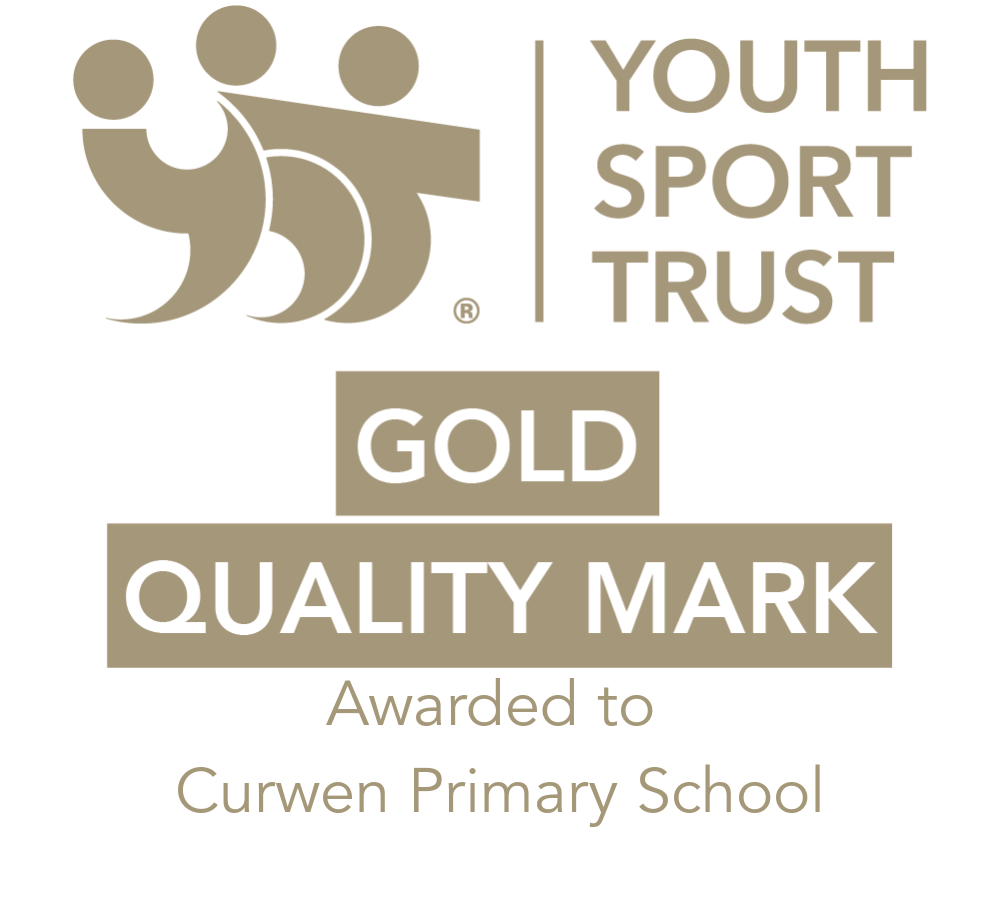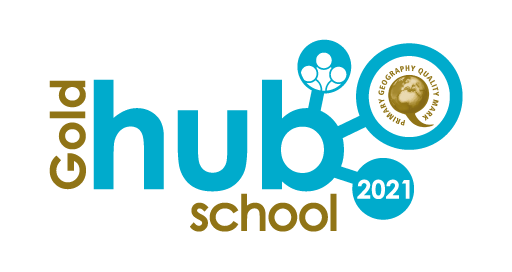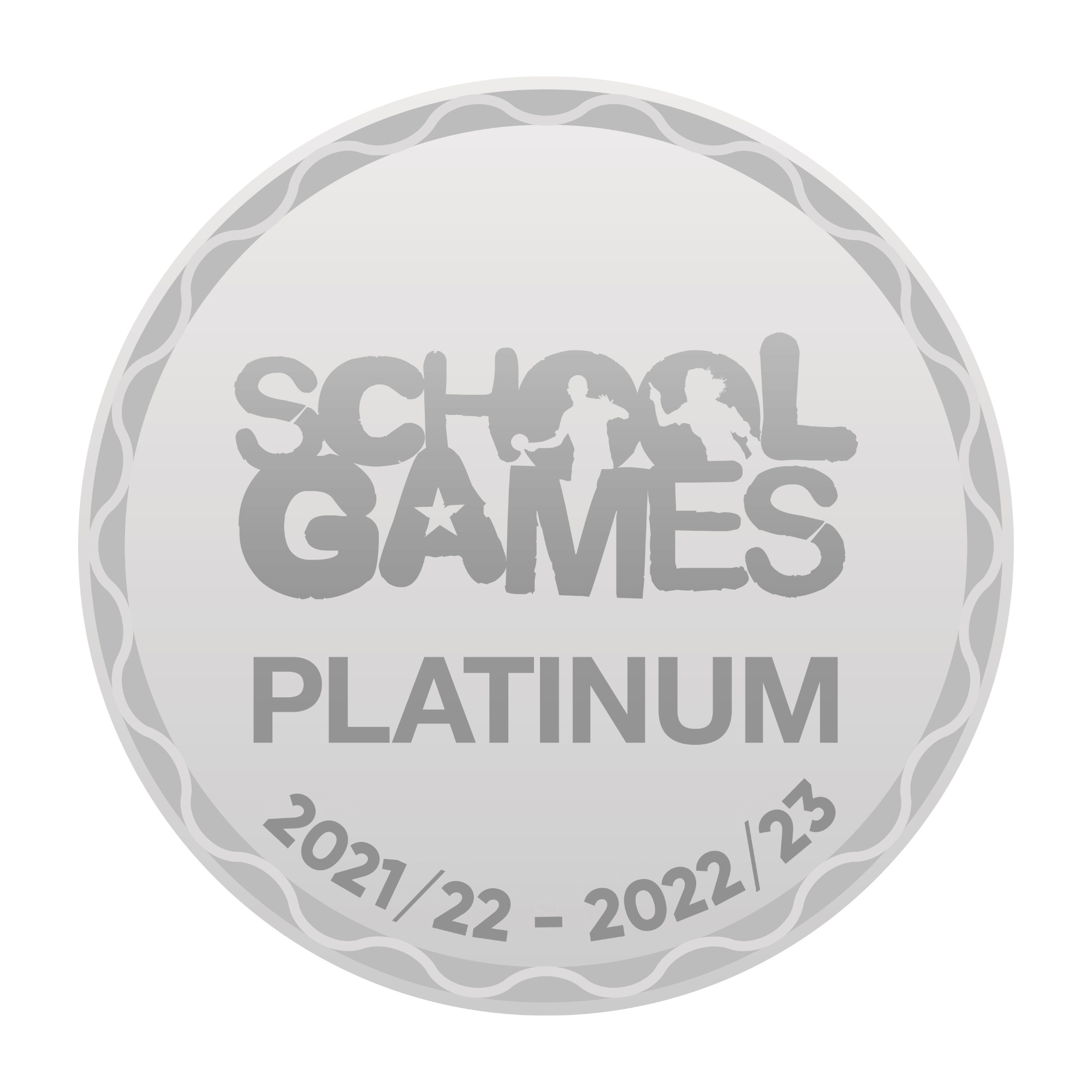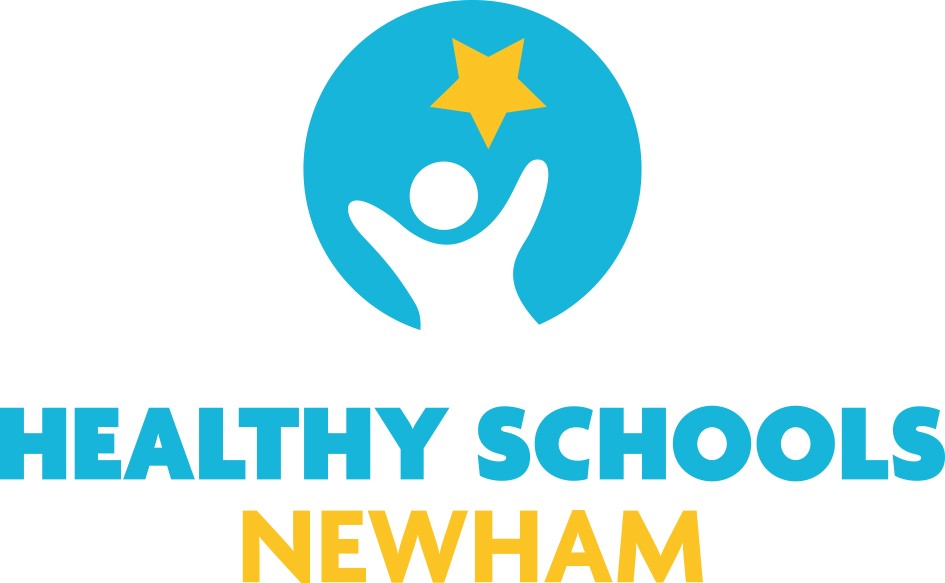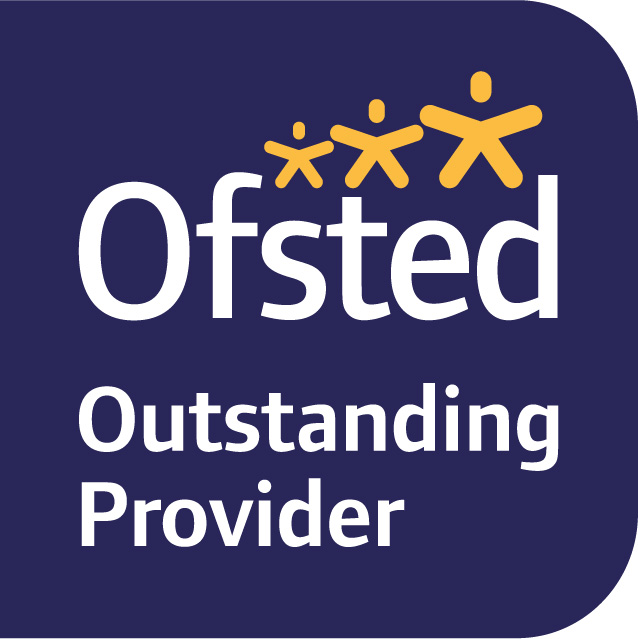Assessment
At Curwen, we follow the National Curriculum. As part of this, there are year group expectations that the majority of pupils are expected to achieve by the end of that academic year.
The children will be given a ‘level’ that will clearly show you the progress they have made in that year. These are further explained bellowed:
‘Levels’:
From years 1-6 we have 3 ‘levels’ that a child can achieve: Working Towards (WT), Expected/Working At (WA) and Greater Depth (GD). The majority of pupils should be working within the ‘Expected level’ as this means that they have a secure knowledge and understanding of the curriculum of the year group they are in.
Reception levels: Emerging, Expected
‘Progress Levels’
Currently, children's progress is judged based on a scaled score that they are awarded following the SATs assessments at the end of year 2 (end of KS1 tests). Children that achieve a scaled score of 100 would be expected to achieve 100 in year 6 and have a progress level of 0. At Curwen we set aspirational targets for children, and aim for them to make additional progress as they move through KS2.
Children cannot move on to the following year group’s curriculum, they must master the knowledge and skills within the year group they are in.
Formal Assessments:
Formal assessments are changing. Children now have a baseline assessment at the START of Reception and this will be used to determine the progress they should make by the end of year 6 (end of KS2). As of 2024 the SATs test in year 2 will no longer be compulsory. However we will continue to use the test papers internally to ensure children are at the expected standard at the end of KS1. Children will continue to sit the SATs tests in year 6. There will also still be the phonics screening check in year 1, where children’s phonetical knowledge is tested with the use of phonetically regular ‘real’ and ‘nonsense’ words. In year 4 all children complete an online Multiplication Check to test fluency in their times tables.
Reception Baseline:
The children will be observed and assessed in the following areas:
· Engagement
· Motivation
· Creativity and critical thinking
· Physical development
· Communication and language
· Literacy
· Maths
End of Year 1
The following test will be administered:
· Phonics Check
End of KS1 Test (Year 2):
The following tests will be administered as an internal guide to assessment only:
· Grammar, Punctuation and Spelling test
· Reading test
· Maths test
· There will be no writing test. Teacher assessment (which will be moderated), based on the writing the children have produced in Year 2, will be reported.
The tests will be out of 115, with the children being expected to score at least 100.
End of Year 4
The following test will be administered:
· Times table multiplication check
End of KS2 Test (Year 6):
The following tests will be administered:
· Grammar, Punctuation and Spelling test
· Reading test
· Maths test
· There will be no writing test. Teacher assessment (which will be moderated), based on the writing the children have produced in Year 6, will be reported.
The tests will be out of 120, with the children being expected to score at least 100.
For more information: https://www.gov.uk/government/publications/key-stage-1-and-2-national-curriculum-tests-information-for-parents
Thank you for your continued support.

